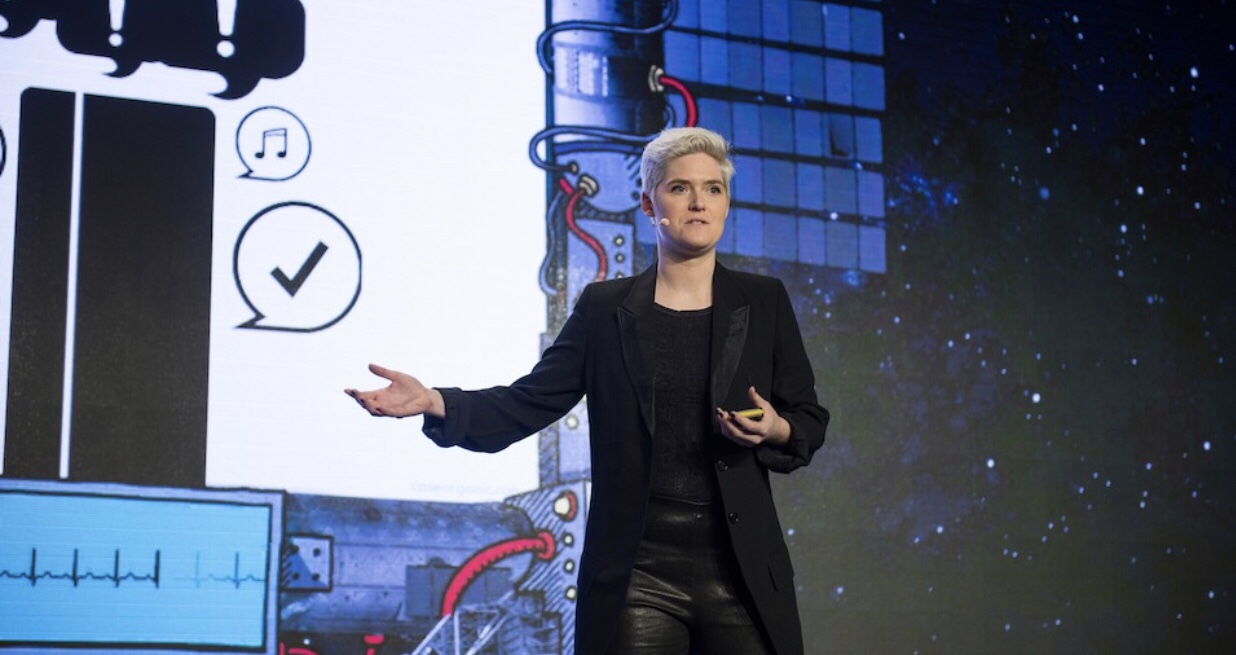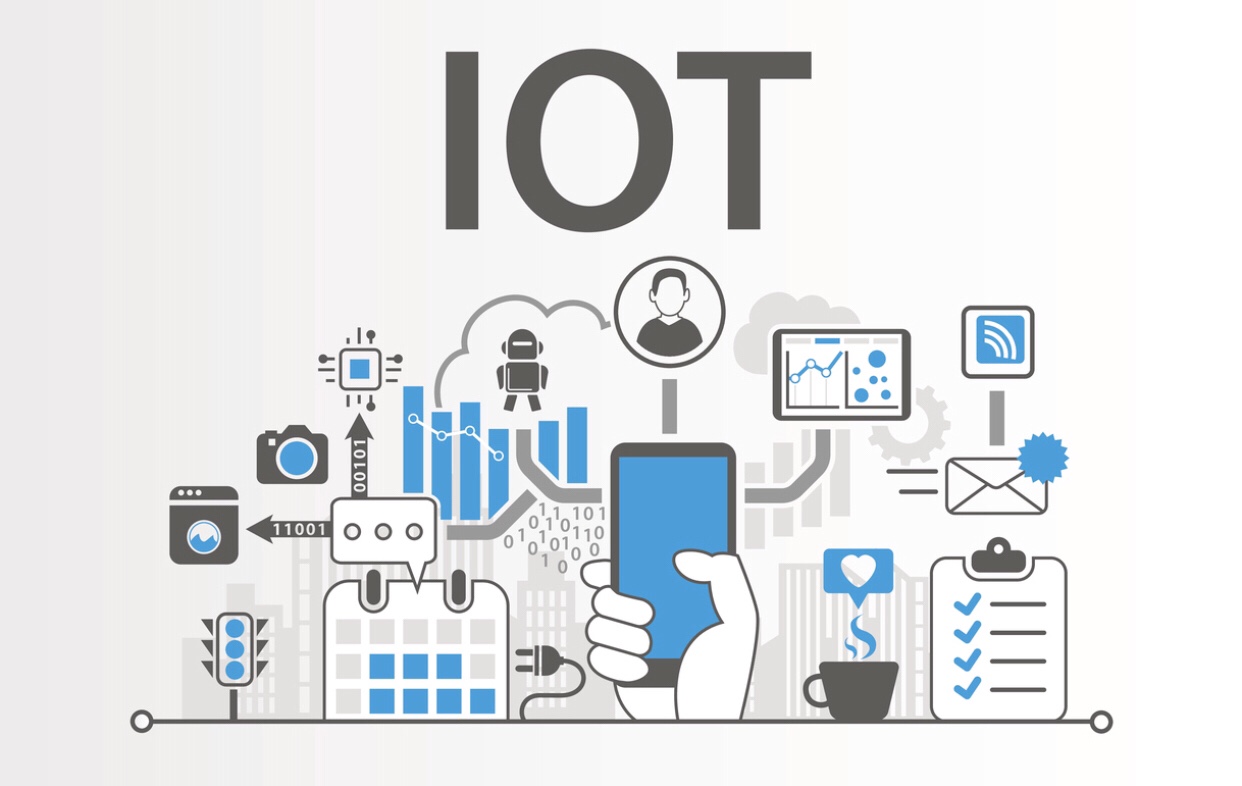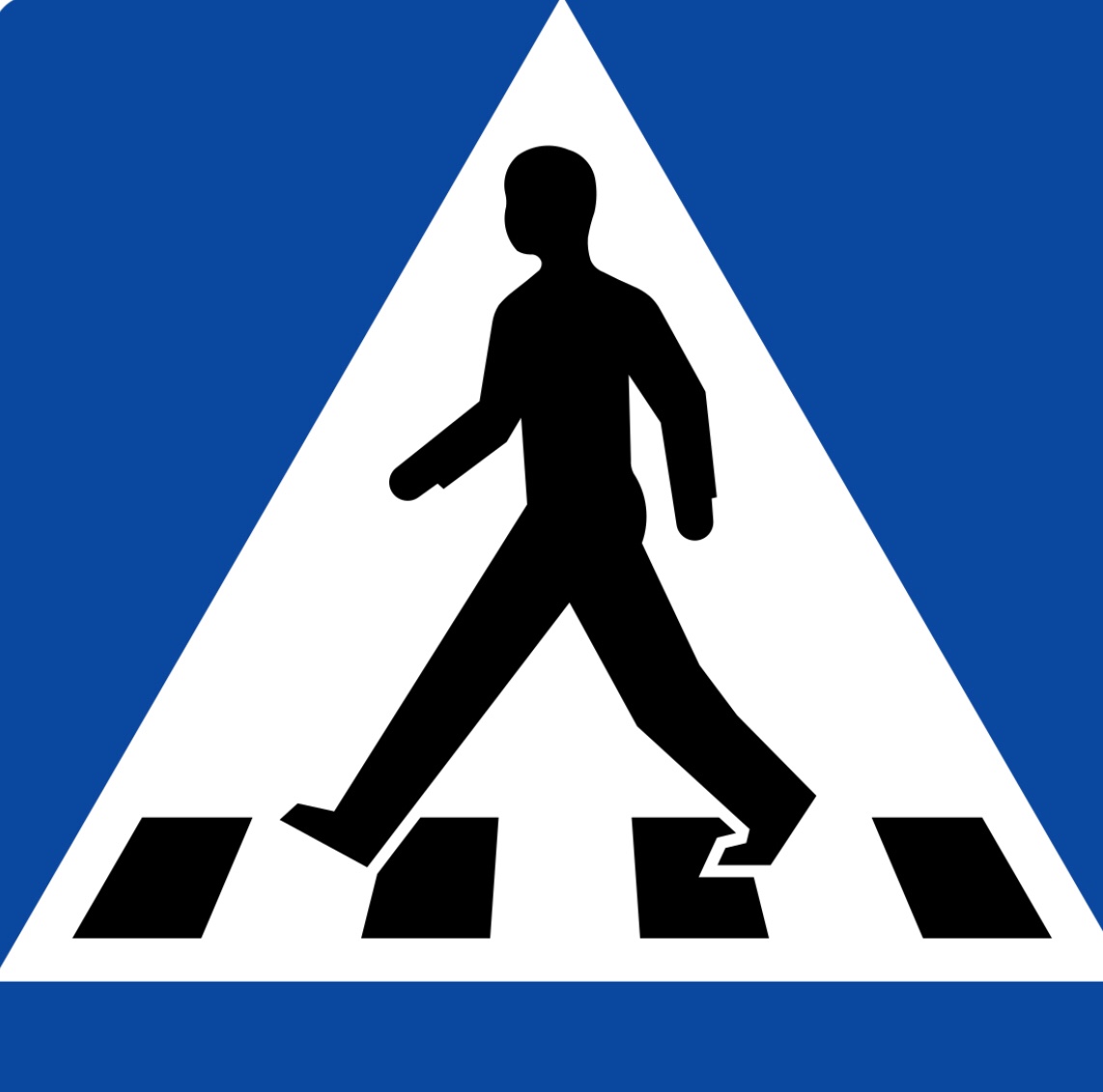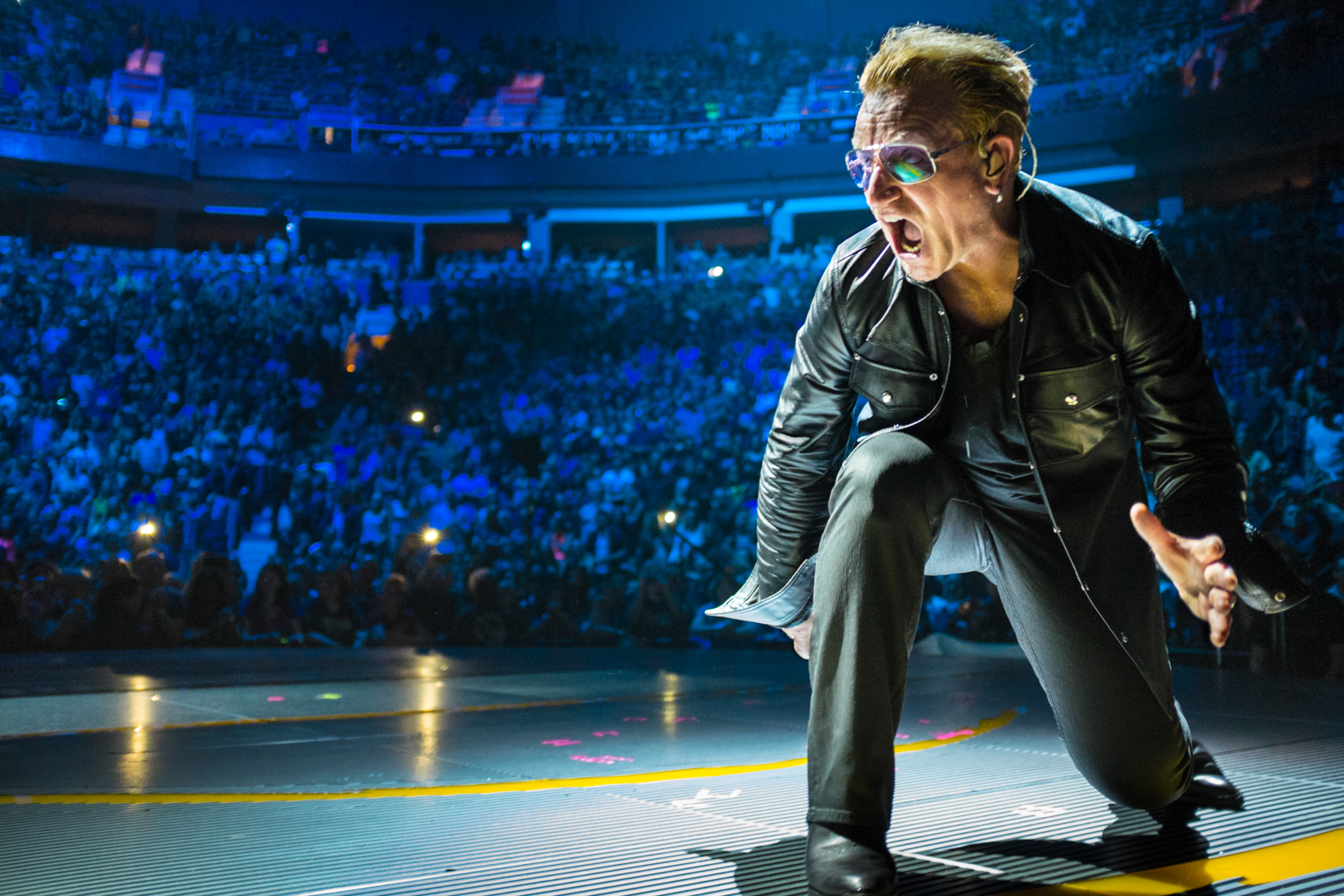After years of rumour and speculation, Daniel Craig’s return to the role of James Bond – and Danny Boyle’s appointment as director of the new 007 movie – have been confirmed.
Production will begin at the start of December 2018, with the film released in the UK on 25 October 2019 and in the US a fortnight later.

“We are delighted to announce that the exceptionally talented Danny Boyle will be directing Daniel Craig in his fifth outing as James Bond in the 25th instalment of the franchise,” said EON Productions’ Michael G Wilson and Barbara Broccoli, the custodians of the Bond movies, in a statement on Friday.
“We will begin shooting Bond 25 at Pinewood Studios in December with our partners at MGM and are thrilled that Universal will be our international distributor.”
Universal’s involvement marks a change: in the UK, Sony Pictures have previously handled distribution. MGM will still release in the US, in partnership with Annapurna Pictures, the highly-respected outfit owned by Megan Ellison, which has bankrolled films by the likes of Paul Thomas Anderson, Spike Jonze and David O Russell.
In March, Boyle – who is currently shooting a Richard Curtis comedy in the UK – said he was working on a Bond script, with a view to filming at the end of the year. The writer of Bond 25, John Hodge, is a long-time collaborator of Boyle’s, having worked with him on Trainspotting and its sequel, as well as The Beach, A Life Less Ordinary and Boyle’s debut, Shallow Grave.
Also rumoured to return to the franchise are Ben Whishaw, who plays gadgets expert Q, Naomie Harris as Moneypenny and Rory Kinnear as Tanner.
Whishaw recently greeted rumours of Boyle’s involvement enthusiastically. “I just think it’s really exciting to have Danny Boyle on board for Bond,” he said.
“I was thrilled when I read that he was going to be doing it, I can’t think of a better or more exciting fit for Daniel [Craig] and the direction he’s taken the character of Bond.
“I’m just really excited to work with him, I’ve been such a big fan. It seems weird to talk about it because I’ve not had a conversation with him but it’s exciting.”
Craig’s involvement was cast into doubt after he expressed a preference for slashing hos own wrists rather than returning to the role while promoting Spectre in 2015. Candidates mooted to replace him included Idris Elba, Tom Hiddleston and Aidan Turner.
In 2016, Sam Mendes ruled himself out of future movies having directed both Spectre and Skyfall (2012). Later that year, Craig was reportedly offered $150m for two more Bond movies by Broccoli.
Said Langley: “Universal is extremely proud to collaborate with Michael, Barbara and MGM on the international marketing and distribution of Bond 25. The unparalleled combination of Danny’s innovative filmmaking and Daniel’s embodiment of 007 ensured we simply had to be partners in the next chapter of this iconic series.”
Earlier this week, Jon Tjompson CEO and Permanent Secretary of Her Majesty’s Revenue and Customs (HMRC), addressed the UK Government Treasury Select Committee on Brexit and the cost for the two presented alternstives for Customs, Borders and UK-EU trade post-Brexit.

Mr. Thompson explained how the two alternatives; Option 1: New Customs Partnership (NCP) and Option 2: MaxFac Maximum Facilitation – impacts the private sector.

Here is a link to the session: Jon Thompson addresses Treasury Select Committee
Cyber-anthropologist Amber Case wants to see smarter people instead of smarter technology – using calm tech. “The Tech World’s Titanic is happening right now”, she says.
Self-propelled cars, smartwatches and refrigerators that can tell us when the bananas have become bad.

The Internet of Things – or the Internet of Things – grows in a hurry and development does not seem to stagnate. According to a Pwc report, consumers worldwide spend $ 236 billion on internet of things solutions by 2020. This is an increase of 33 percent from 2015.

“There will be 50 billion connected devices by 2020. We are living in a time of disturbing technology – our interaction with it must be more meaningful,” said the American cyber antropologist Amber Case, who is visiting Stockholm to lecture during the NextM tech event “.
She researches the interaction between man and technology at Harvard and MIT, and has become known as an equal part of conservative as a progressive voice in the tech world.
The reason is that she advocates calm tech and lectures on how the new technology should be quiet, efficient and sustainable – instead of “smart” and hackable.
“It’s about keeping it simple. I love solutions like the toilet sign on an airplane or crossing points. Such solutions have not changed since they were introduced – a sign that they work, “she says to Di Digital.

The aim of calm technology is to shift focus from quantity to quality in the creation of new products and services.
“The Tech World’s Titanic is happening right now. Just look at Facebook’s situation. People will want to use products with more sustainable design and actively review how much time they spend on their technology.”
However, Amber Case has not always bothered the tech companies. In 2010 she herself joined and started one.
Then she launched the Geoloqi positioning service together with Aaron Parecki. The platform helped system developers add site-based features to their apps. But what made the platform unique in the current market was that the user could also decide how long the site should be shared.
Two years later Esri acquired the company. Then Geoloqi had over 1000 customers and had totaled $ 350,000 in capital. In 2015, the service was closed down by Esri.
“I want to. If the culture around the tech companies changes, then I would go back to the old school tech and build everything myself, from scratch.”
Despite her day-to-day profiles, she thinks there are companies that have already entered the right way.
“I love, for example, how Dyson created a new hair dryer – a product that has not been updated in 60 years. It costs $ 600, but is quite quiet. And Philips has developed their products as if they were in an ecosystem, “said Amber Case.
“The problem is expectations of growth. A listed company should not have to make a profit of 5 percent each year. In the end, you grow for growth alone. Take self-driving cars for example. Why are they a good idea for tech companies? Because they give consumers more time to spend in front of screens, “she continues.
“Yes it does. I have lectured with giants like Microsoft and Sonos. Last year, I traveled 100,000 miles worldwide to talk to different industries and consult companies. ”
Amber Case also emphasizes that a key to creating successful and sustained technology can be to give a designer the same influence and status as the CEO.
“Then the rate of development would increase. The goal must be that we will spend more time making smarter people, not increasing companies’ profits and dependence on online devices, “she says.
Source: Digital






You must be logged in to post a comment.